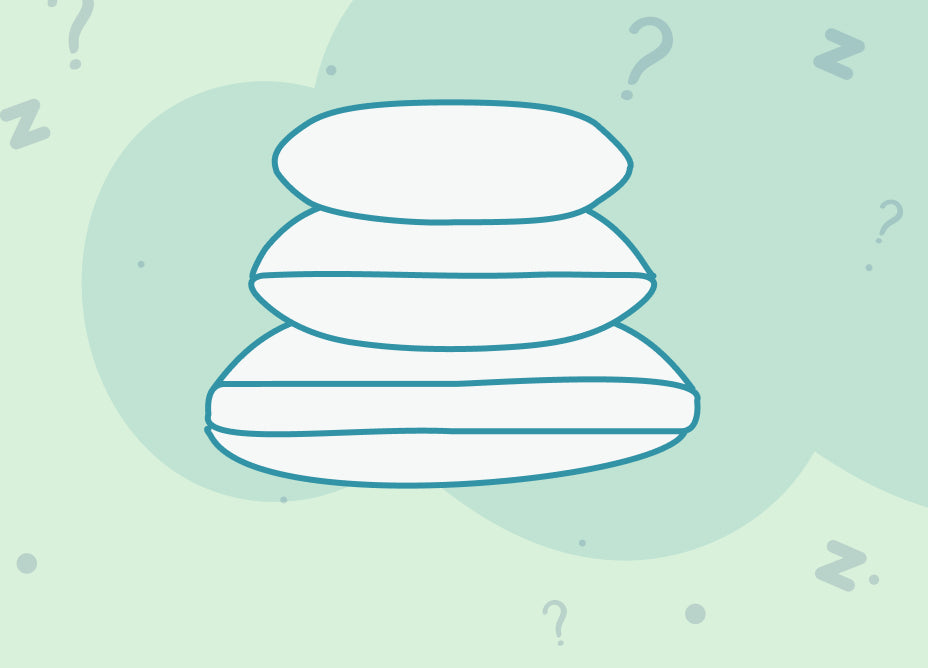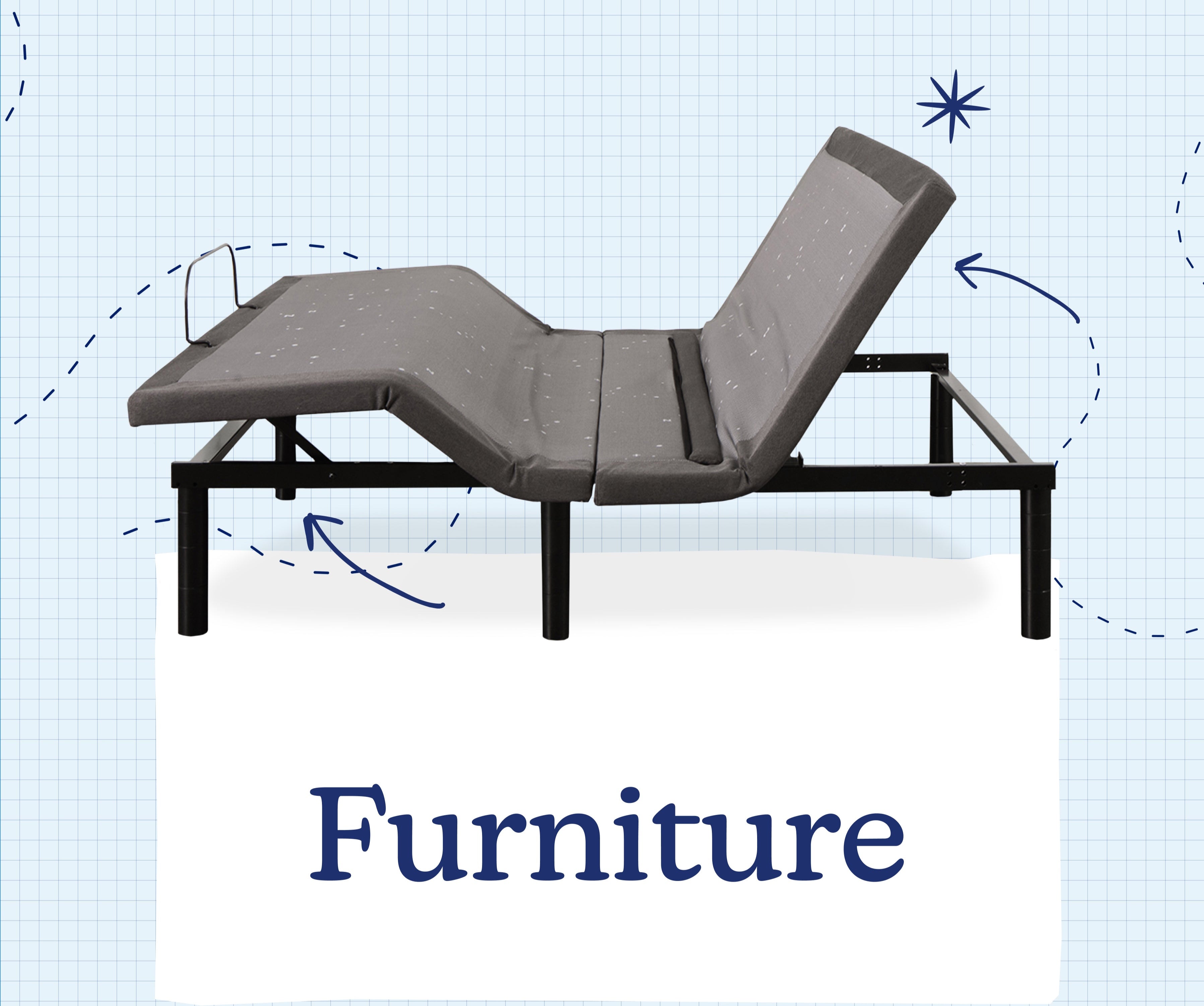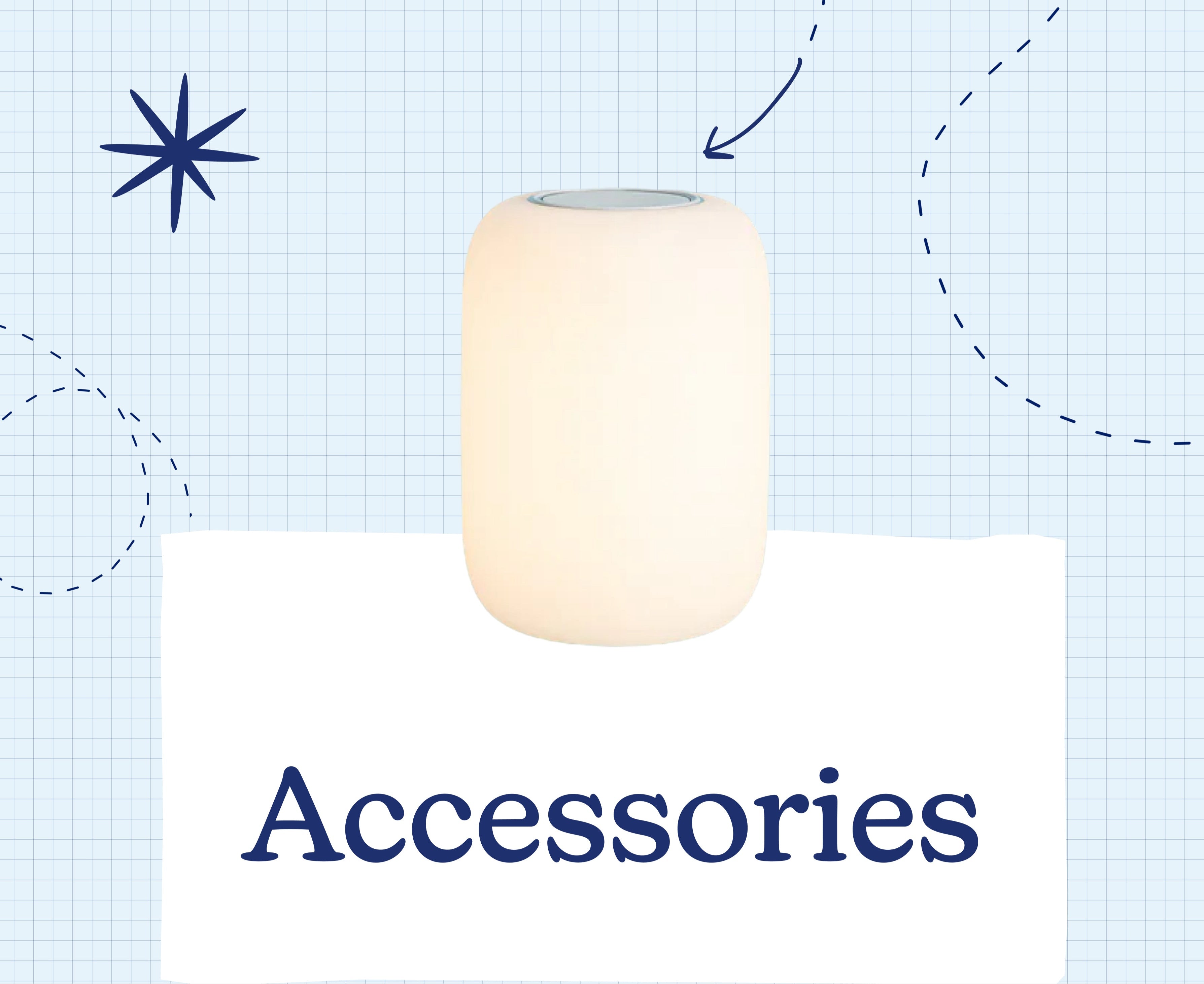Updated Aug 6, 2025
To fix a sagging mattress, rotate the mattress, add strategic pillows or a topper, and check the foundation for quick relief from sagging—but if the dip persists, use the warranty or replace the bed altogether.
A sagging mattress is about as fun as taking a nap in quicksand. And after a couple of sleepless nights, you’ll be stretching your back, wondering whether it’s time for a chiropractor visit or a new bed altogether.
Thankfully, there’s something else you can do about that unpleasant mattress indentation. In fact, there are five things. Below, we’ll clarify why mattresses sag, along with how to fix a sagging mattress with expert tips and tricks.
Let’s fix your sinking, sagging, no-fun mattress.
Why Does My Mattress Sag?
As you research how to fix a sinking mattress, you’ll notice that mattresses often sag purely from regular usage. Unfortunately, a dip in your mattress material is a standard part of its lifecycle and often a sign that it’s time to go mattress shopping.
The foam material within the mattress that helped you sleep soundly when you first bought it softens over time due to the weight of your body. The result? You’ll no longer experience even mattress support and may feel a discernible dip when you lay down, even if you try to adjust your sleeping position. You may have researched how to make a mattress softer when you got your new bed, but the presence of mattress sagging was never the intention.
When Sagging Becomes Problematic
You’ll likely feel the uncomfortable sagging the most on your hips and back, which exert the most pressure on the mattress. Over time, the uneven mattress support will chip away at the quality of your sleep. Once your sleep quality is compromised, it's time to look into addressing the issue with quick fixes or a mattress replacement.
Sagging by Mattress Type
Before you ask, “how long does a mattress last?”, it’s important to note that not all mattresses are alike. The type of mattress affects how long it lasts before it begins to sink. Consider the primary mattress types:
- Innerspring Mattress – Over the years, the metal coils inside innerspring mattresses lose their tension.1 Concurrently, the top comfort layer material begins to soften as well, making mattress sagging a common complaint.
- Hybrid Mattress – Like innerspring mattresses, hybrid mattresses contain the same metal coils that lose their tension eventually.1 If your hybrid mattress has high-quality foam, it might last a little longer, but the sagging will eventually appear.
- Foam Mattress – A high-quality memory foam mattress will last longer without sagging, but lower quality foam mattresses and bad bed foundations can mean premature sagging.2
Different Types of Mattress Sagging
Mattress sagging can show up in a few different ways—and each one can impact your sleep comfort differently. Here are the most common types of sagging to watch for:
- Middle Sag - This dip forms in the center of the mattress, often from two sleepers gravitating toward the middle or from a bed frame lacking proper center support.
- Edge Sag - Notice the sides of your bed sinking when you sit or sleep near the edge? That’s edge sagging, usually caused by weaker perimeter support or everyday use over time.
- Full-Surface Sag - When the entire mattress feels uneven or less supportive, it’s often due to aging materials or low-quality construction wearing out across the whole surface.
How to Fix a Sagging Mattress
Even the best mattresses will eventually sag. The question is: is it time for a brand new one or is there something you can do to address the mattress indentation before tossing it?
To that end, try these five tricks.
#1 Turn Your Mattress Around
Start your sagging mattress journey with an easy solution: rotate your mattress. But, how often should you rotate your mattress to maintain even weight dispersion? Generally, every three to six months, you should rotate your mattress, switching the top and bottom of the bed. This can both prevent sagging from happening and reduce sagging that’s already occurring.
Since sagging is a result of body pressure, rotating your mattress changes the primary pressure points. Notice that we didn’t say to flip your mattress. That’s because most newer mattresses (including Casper mattresses) are one-sided and shouldn’t be flipped, given a one sided built-in comfort layer.
#2 Add More Pillows to Key Areas
If you’re wondering how to fix a dip in a mattress, another easy trick is to up your pillow game. Add pillows where your mattress sags and underneath:
- Your hips
- Your back
- Your legs
Make sure to choose pillows with good shape retention. While they aren’t a permanent fix, they’ll add a little bit of the support back that you’ve lost around the sagging area.
#3 Consider a Mattress Topper
Still sleeping like the Princess and the Pea? If you are wondering how to fix a sunken mattress, it might be time to invest in a high-quality mattress topper. To up mattress thickness, toppers are your best bet to remedy a sagging area of the mattress. Your new mattress topper will counter the sagging by creating a more even sleep surface so you can sleep peacefully, no matter your preferred sleeping position. If you’re not sure if this fix will cut it, weigh the pros and cons of a mattress topper vs a new mattress before you decide.
Our plush Foam Mattress Topper provides a layer of Casper comfort to your existing mattress. Add a topper to your existing mattress to achieve an extra comfortable night’s sleep.
#4 Replace the Mattress Foundation
For memory foam mattresses, an incorrect or poorly made bed foundation is a recipe for mattress sagging. So, what goes under a mattress? A key component is the foundation.
If there are slats within your bed’s foundation, ensure they’re evenly spaced out and that they haven’t been pushed to one side of the bed. Even a great mattress foundation will eventually wear out. If you replace your foundation, follow your mattress manufacturer’s recommendation for the type you should purchase for your specific mattress type. For Casper mattresses, follow our mattress foundation guide to find the right base for your bed.
Just like your mattress should support you, your mattress needs support as well. Our Mattress Foundation gives your mattress the base support it needs for a good night’s sleep.
#5 Explore Warranty Coverage or Buy a New, Long-Lasting Mattress
If you’ve been in a sleep-deprived haze due to this question of how to fix a dip in your mattress—sometimes the answer is the one that’s staring you in the face. It’s time for a new mattress.
While you may be able to extend your mattress’s life with short-term solutions like mattress toppers and extra pillows, if that dreaded dip is due to the mattress material degrading, then the dip is here to stay. Once this happens, it’s one of the most prominent signs you need a new mattress. Questioning how often to replace a mattress? Depending on the quality and style of mattress, you should retire your mattress and purchase a new one every six to ten years.1 Even if you’re still within that window, once the sagging starts, there’s a chance it will only worsen over time.
Should that be the case, it may be time to say goodbye to your old mattress. You can start shopping from square one, or look into the mattress warranties offered by your distributor.
Replacing Your Mattress: Casper's Top Picks
Once you’ve decided it’s time for a new mattress, the next step is finding one that fits your comfort needs. At Casper, we offer thoughtfully designed options for every kind of sleeper—so you can rest easy, night after night.
Casper Dream Max
If your current mattress isn’t cutting it, Dream Max steps in with next-level support. Crafted with ergonomically zoned foam and airy Flex layers, this hybrid hugs pressure points while lifting your spine into its natural curve.
Casper Snow Max
This one’s made for hot sleepers who want it all. The Snow Max Hybrid delivers full-body support with extra-firm zoning, while its advanced cooling tech fights off night sweats before they start. With added HeatDelete™ bands and a cooling cover, it stays five degrees cooler than traditional foam.
Casper One
Built on a decade of sleep science (and customer feedback), The One offers balanced, medium-firm comfort without breaking your budget. With three layers of breathable, responsive foam, it keeps your spine happy and your nights cool. No springs, no gimmicks—just a solid, all-foam mattress made for real-life rest. If you're after dependable comfort, this one's a no-brainer.
Sleep Sweetly with a New Casper Mattress
If you’re ready to sleep sweetly again, explore our premium mattress selection.
No matter how you like to sleep, we’ve got a mattress for you. Back sleepers, side sleepers, and stomach sleepers rejoice — you’ll never ask how to fix a sagging mattress again. Not when Casper has your back.
Peruse our range of prices and styles to find your dream mattress and forget the nightmare of your old, sagging mattress.
Sources:
- Sleep Foundation. How to Fix a Sagging Mattress. https://www.sleepfoundation.org/mattress-information/how-to-fix-a-sagging-mattress
- SF Gate. What Causes Memory Foam to Sag in the Middle? https://homeguides.sfgate.com/causes-memory-foam-sag-middle-101079.html
- Hunker. Does Plywood Under the Mattress Work for a Sagging Mattress? https://www.hunker.com/13403939/does-plywood-under-the-mattress-work-for-a-sagging-mattress











